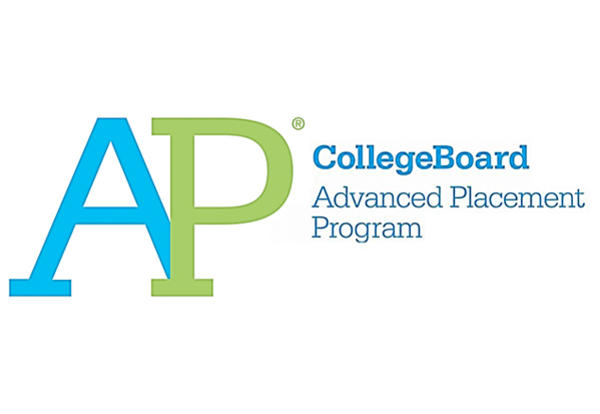During the Cold War, pretty much everything was a competition between the United States and the Soviet Union. Education was no exception. Fears that Americans were not educated enough to keep up with highly trained Soviet scientists permeated government policy. It was thought that the “upgrading of American education was a matter of survival in a death struggle with communism.”
In 1951, the Ford Foundation created the Fund for the Advancement of Education largely in attempt to create a more educated population to compete with the Soviets. Educators from the fund wanted to prevent overlap between high school and college education so students could advance as quickly as possible. The result was something that we are all certainly familiar with—high students were able to take college-level classes and earn college credit. By 1955, the program was successful enough that the Ford Foundation invited a company called College Board to step in and administer it. From that time on, it was called the College Board Advanced Placement Program.

After the Soviets successfully launched Sputnik into space in 1957, Americans were even more frantic to figure out how to catch up with them. This led President Eisenhower to pass the National Defense Education Act in 1958. The NDEA granted over 1 billion dollars in government spending to bolster higher education in mathematics, science, and foreign language. Additionally, the government invested heavily in the National Science Foundation, which in turn pushed for numerous education reforms. In 1959, the foundation received 100 million dollars more than the previous year in federal grants. Colleges and universities across the country had their science research programs funded while science students experienced countless new opportunities. In high schools, new teaching curriculum and educational tools were implemented with the hopes that it would be able to match the Soviets.
There was a particular emphasis on educating young Americans because they were seen as the future of the country. After the passage of the NDEA, a House of Representatives report stipulated that “the very survival of our free country—may depend in large part upon the education we provide for our young people now.” Clearly, education was not free from the Cold War rhetoric of protecting freedom and preventing a communist takeover.
Sources:
I found it really interesting that AP tests started as a result of the Cold War! I did some more research and even with the extra government funding and programs the United States still lagged behind in math and science in the decades following the Cold War. More recent studies show that there is still limited improvement: "We are being outpaced not only by our global competitors like China and Russia, but also by countries like Estonia, Finland and Canada" (U.S. News). I'm wondering why the United States is falling behind even with government funding.
ReplyDeletehttps://www.usnews.com/news/education-news/articles/2019-12-03/us-students-show-no-improvement-in-math-reading-science-on-international-exam
https://www.nytimes.com/1998/02/25/us/us-trails-the-world-in-math-and-science.html
This post is very interesting as it describes something we can all personally connect to and how it was actually developed in a time period we are learning about. I never knew that that is when or the reason why the AP program was developed. Regarding the National Defense Education Act in 1958, in addition to what was already discussed, it offered fellowships and loans to students. One of the main reasons for doing this was because many people thought that advancements in the United States had to come from education. The House report recommending passage of this act stated, "It is no exaggeration to say that America's progress in many fields of endeavor in the years ahead--in fact, the very survival of our free country--may depend in large part upon the education we provide for our young people now."
ReplyDeleteSource:
https://history.house.gov/HouseRecord/Detail/15032436195
I really enjoyed your blog and liked how you connect this directly to classes we take today. Learning the history about it, it makes more sense why AP classes exist and that it was not something designed for tryhard students. The cold war brought lots of anxiety to the Americans as they believed the education system in place was not adequate enough to further progress and college and post-graduate study. Because of these fears, we have the classes we take today to further our own education.
ReplyDeleteSources: https://blog.prepscholar.com/history-of-ap-classes-exams
Wow! I had no idea that APs came from the Cold War. I like how you chose a topic that was very relevant to our junior year. Something interesting you mention is the greater emphasis on STEM education during the Cold War. Different technologies inventions from the time period included lasers, weather satellites, spandex, minicomputers, and satellites systems. It is clear that despite the straining of relations America had with the rest of the world, the Cold War drove innovation and technology.
ReplyDeleteSource
https://en.wikipedia.org/wiki/Timeline_of_United_States_inventions_(1946%E2%80%931991)